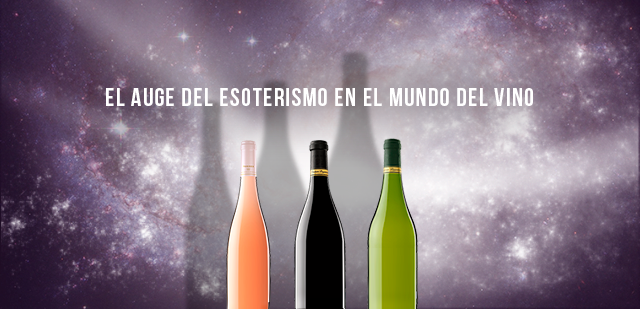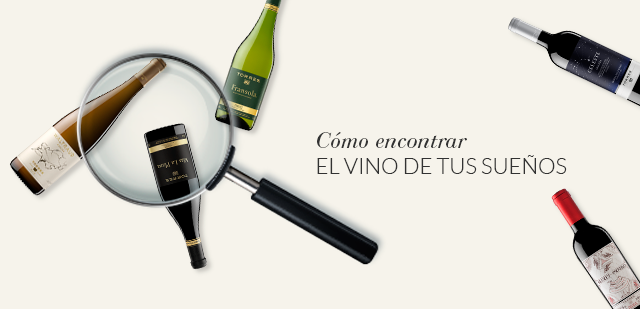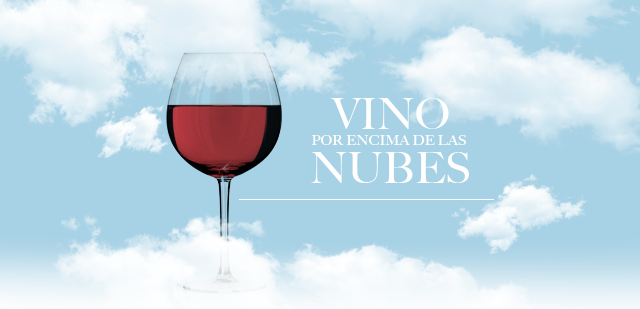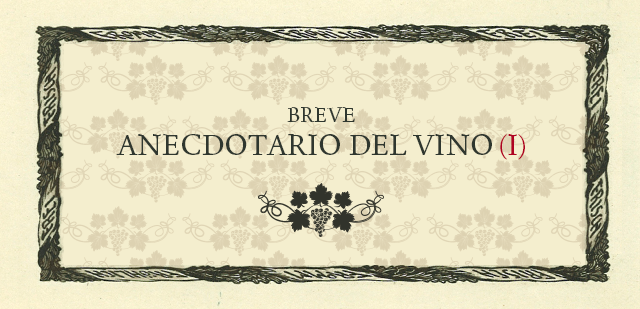The rise of esoterica in the world of wine

The world of wine used to be a simpler place. Pick up any wine book from twenty or thirty years ago and that should become evident. Many of the producers, regions and grapes that today populate the best restaurant’s wine lists and merchant's shelves around the world often warrant no more than a foot note, if that.
The fact of the matter is that going back only a couple of decades, few wine experts or sommeliers really had to concern themselves with wines outside of Bordeaux, Champagne, or Burgundy. Maybe toss in a handful of German wines along with Sherry and Port to play it safe. Go back to the late 1970's and Italy was for the most part considered the backwater of the wine producing world, not to mention the Iberian Peninsula or any corner of the New World.
That's not to say that experts of the past were slouches by any means. They definitely had a better grasp of the subtleties of every vintage and commune of Bordeaux than I ever will for example. They were able to encompass the whole of the "relevant" wine world in a way that simply isn't humanely possible anymore, at least not if one wants to maintain some kind of global view of wine at the same time. Add to that that the classic blue chip regions have become much more diverse since then as well. Champagne is a perfect example of this, with many of the most interesting and highly regarded wines today being made by the dozens of fantastic small producers, whereas in the past the region was completely dominated by the large négociant houses.
This speed in the evolution towards diversity has taken an exponential turn in the last decade and some wines that were previously considered completely esoteric and unknown are today mainstays on any ambitious restaurant list or in wine merchant's offers, to the point where they have become rare, allocated and traded. Go to New York, Paris or Tokyo and you're likely to find more Beaujolais than Bordeaux on ambitious wine lists, more Chinon than Châteauneuf-du-Pape, more Savagnin than Sauvignon.
The prime example of this explosive evolution towards the previously obscure is the Jura. When I studied to become a sommelier, almost precisely a decade ago, Jura, along with the Savoie (two regions that have very little in common) occupied a single page in my textbook, as opposed to twenty dedicated just to Bordeaux. The only wine I was able to find to taste was the decidedly intriguing but perhaps not entirely convincing Vin Jaune from the region's only "large" producer.
Fast-forward to today, when almost every ambitious international wine list will feature a Jura section, likely to be bigger than the one dedicated to Alsace. The most sought after bottles from producers like Overnoy or Puffeney gather Instagram likes like no other, and are traded for many times their release price.
Another striking example is Etna. The slopes of this volcano have obviously been cultivated with vines for thousands of years, but who had a wine labeled Etna ten years ago? Show your hands, please. Today there seem to be five new producers cropping up every year, most seemingly able to produce some drinkable and in some cases fantastic and unique wines.
So what sparked this evolution? A perfect storm of cultural, financial and technological causes. First off, in the boom years leading up to the financial crash there was a definite hubris prevalent in the finer parts of the wine world. If you were a producer in a prestigious area such as Bordeaux, Napa Valley or Ribera del Duero there were formulaic ways to raise the status of your wine. Hire such-and-such-consultant, buy the most expensive barrels, cut yields and use various technological trickeries to boost concentration and of course, raise prices to the point where a bottle of wine becomes a luxury item. If the grape material you have is too light in color and concentration, blend some Merlot in there (Hello Brunello!). Once you start getting the attention and scores from the powerful critics, never lower prices, even in lesser vintages. Speculation leading up to 2008 was rampant (in cases even longer, the attention turning elsewhere in the world, see Bordeaux’s love affair with China), and wine was talked about more in terms of investment and yield than flavor and drinkability. Previously loyal wine drinkers and sommeliers finally reached a breaking point, felt betrayed and turned their back on their old favorites and started looking for over performers elsewhere. There were plenty to be found.
At the same time, the prevalent cultural mindset of the young generation was the search for something new, unique, different, whether the subject be music, art or wine, something to surprise and shock your peers with. You are what you consume. Couple that with the new ability to influence others without a powerful, expensive platform (like a magazine), via social media. A new generation of tastemakers is born, and their power quickly became apparent, spreading this new gospel of what is cool with never before seen speed.
Even though some very powerful wine critics will argue that this "hipsterificiation" of wine is silly and the cult-like appreciation of things obscure is just a zeitgeist of this generation that will pass, I will argue that diversity is always a good thing. It simply gives us more options, more flavors and aromatic expressions to explore. It is, as ever before, still up to the individual to decide what he or she likes.
It is also evident that this evolution has, by necessity, reinvigorated the old guard of the wine world forcing an inward search for a better expression. There is no free pass anymore, just because you have a good reputation based on the past. Many of these great regions and producers are now exploring better farming methods, less intrusive vinification methods, replanting ancient and previously overlooked grape varieties and so forth. The results are positive.
In conclusion, the world of wine can seem bewildering at times, even to those of us who dedicate our lives to it, and that is unlikely to ever change again. I hope that in another decade I will be drinking wine from places and grape varieties I’d never heard of in 2016. Having more choices can't be a bad thing and the quality across the board has never been higher. So go out there and explore, both the new and the old!
[[{"fid":"8359","view_mode":"default","type":"media","attributes":{"height":832,"width":1000,"class":"media-element file-default"},"link_text":null}]]
Picture byPictures Jean Bernard
In conclusion, the world of wine can seem bewildering at times, even to those of us who dedicate our lives to it, and that is unlikely to ever change again. I hope that in another decade I will be drinking wine from places and grape varieties I’d never heard of in 2016. Having more choices can't be a bad thing and the quality across the board has never been higher. So go out there and explore, both the new and the old!



